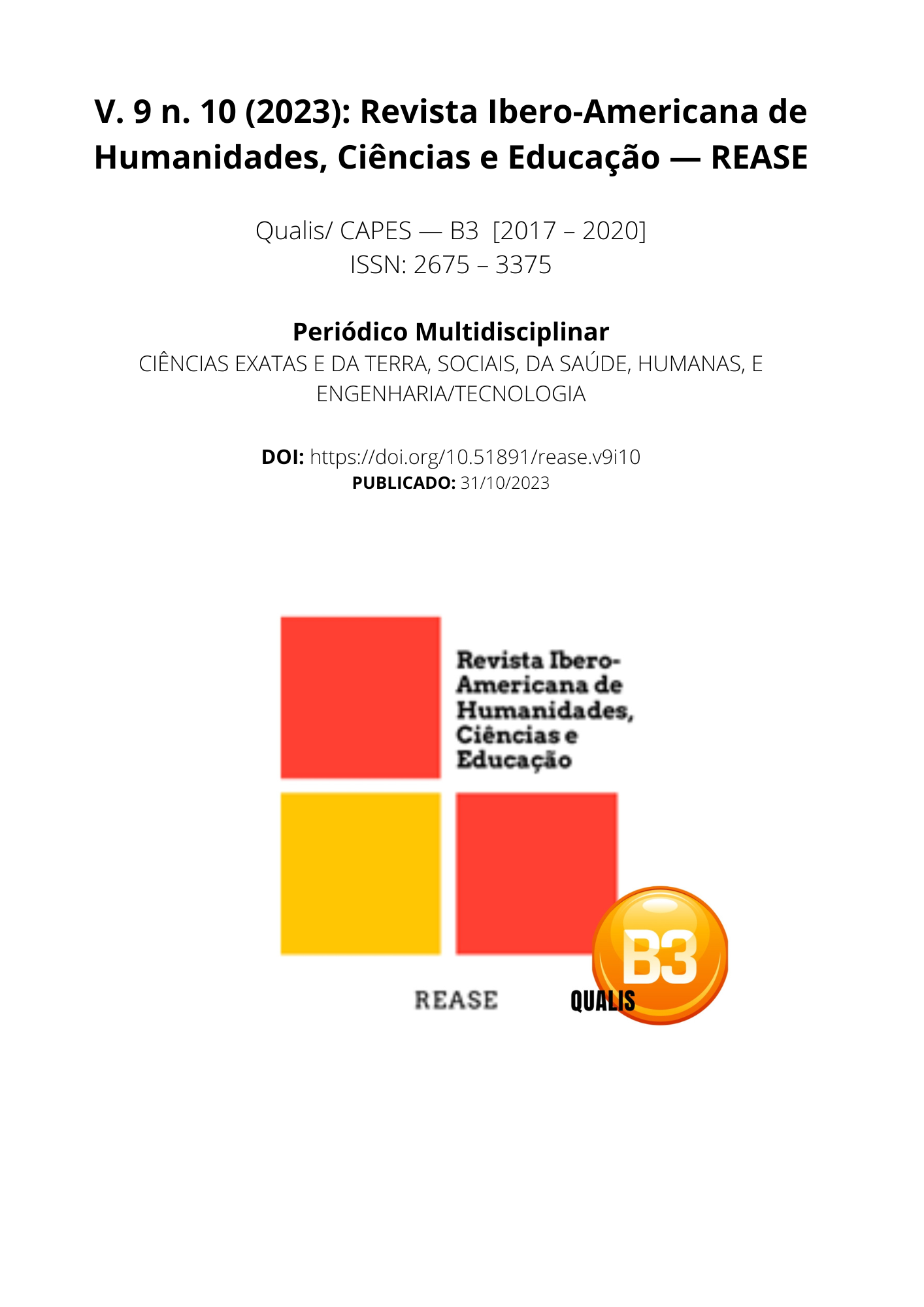CONGENITAL SYPHILIS: EPIDEMIOLOGICAL PROFILE AND PHARMACEUTICAL CARE MEASURES
DOI:
https://doi.org/10.51891/rease.v9i10.11771Keywords:
Infecções sexualmente transmissíveis. Treponema pallidum. Sífilis congênita. assistência farmacêutica.Abstract
Syphilis is a sexually transmitted infection, transmitted through sexual intercourse and vertically during pregnancy. It is characterized by periods of latency and activity, by systemic involvement and by progression to more serious complications in patients who have not recovered or who have been treated incorrectly. Its knowledge dates back to the 15th century, and its study continues to this day in all medical specialties. Its etiological agent is the bacterium Treponema pallidum, described more than 100 years ago and treated since 1943 by penicillin, the most effective drug. Its diagnosis is carried out through non-treponemal and treponemal tests, in the case of pregnancy its diagnosis is carried out at the beginning of prenatal care and continues until the end of pregnancy. The pharmacist is of utmost value for the effectiveness of the treatment, as he has knowledge about rational use and has the ability to guide the patient regarding treatment.
Downloads
Downloads
Published
How to Cite
Issue
Section
Categories
License
Atribuição CC BY

